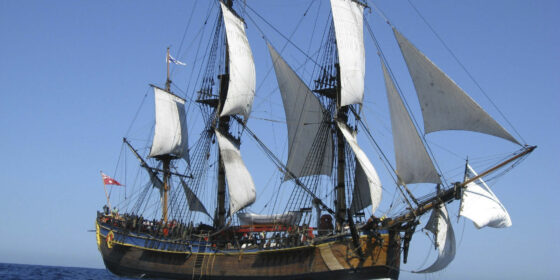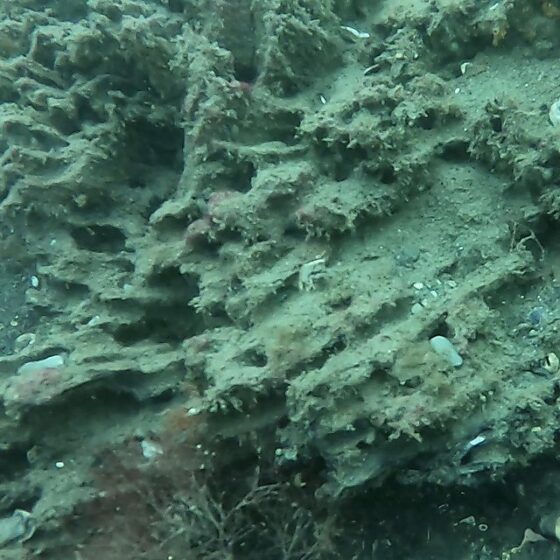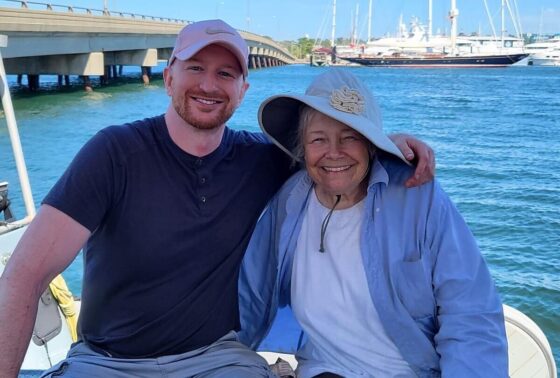
Shipwreck of Captain Cook’s Endeavour being destroyed by shipworms
Experts have revealed fears that the wreck of Captain James Cook’s Endeavour is being destroyed by shipworms, creatures known as the “termites of the ocean”.
Dr Reuben Shipway, a lecturer in marine biology at the University of Plymouth, recently returned from Rhode Island in the US, having been able to dive to the submerged wreck, believed to be that of Endeavour. The vessel was scuttled in 1778.
Shipway reports that what is left of the ship’s timber frame – estimated to be less than 15 per cent of the original structure – is gradually being eaten away by both shipworms and other crustaceans called gribble worms.
Academics have clashed over the status of the wreck, with experts from the Australian National Maritime Museum declaring the wreck as Endeavour in February. However, Rhode Island custodians say this is premature. Museum experts says they have the evidence required and are now pushing for a declaration to ensure the site’s protection. Shipway’s findings will add urgency to the debate.

Australian-built replica of James Cook’s Endeavour. Photo courtesy of the Australian Maritime Museum
Shipway analysed some salvaged timber from the vessel under a microscope at Harvard University and identified the presence of Teredo navalis, commonly called the naval shipworm. Pieces of the ship could be seen in the shipworm’s stomachs.
Now, Shipway says that the rest of the ship’s remains could inevitably be lost to the ocean unless action is taken swiftly.
“The Endeavour was used for one of the world’s earliest scientific voyages, and is responsible for amassing information that has shaped human history,” he says. “Its name has since been used for pioneering voyages of space discovery. If this wreck was on land, more would be done to preserve it, but because it is underwater, I believe there is a real danger of it being out of sight and out of mind. The majority of the vessel has been destroyed over the past two centuries and more. If it is left, the shipworms will continue to eat away at its structure, and we could be left with little – or nothing – to preserve.”
HMS Endeavour launched from Plymouth in 1768 on a three-year global voyage of discovery, ultimately being scuttled a decade later during the American War of Independence.
Dr Shipway first became involved with work on the wreck thought to belong to HMS Endeavour – also known by its codename of RI 2394 – in early 2022.
He had seen international speculation about the vessel’s identity and contacted Dr Kathy Abbass from the Rhode Island Marine Archaeology Project, which has a permit to dive at the site and has conducted studies on many other wrecks located nearby.
After months of discussions, he travelled to Rhode Island this month to examine the wreck personally, and instantly saw the tell-tale signs of shipworm damage.

Signs of shipworm damage on pieces of the wreck. Image courtesy of Rhode Island Marine Archaeology Project Further damage is visible on the timbers underwater. Image courtesy of Rhode Island Marine Archaeology Project
Further damage is visible on the timbers underwater. Image courtesy of Rhode Island Marine Archaeology Project
On the outside of the wreck’s timbers, which are submerged around 40 feet below the ocean surface, are small holes similar to that commonly seen in timbers affected by woodworm.
Beneath that, the worms have turned the wooden structure into something similar to honeycomb, which has reduced its rigidity and, over time, would cause it to collapse.
After examining the site and talking to Abbass and her colleagues, Shipway said he agrees that the wreck’s fragile nature means that preserving what is left is not as easy as simply lifting it from the seabed.

Doctor Reuben Shipway with doctor Kathy Abbass from the Rhode Island Marine Archaeology Project
Shipway adds: “As long as the timbers are exposed in the ocean, the shipworms will continue to eat away at them. However, when they are submerged in sediment, the worms cannot access them, so submerging more of the wreck could offer a short-term solution. That would only last until the region was hit by a storm and the sediments shifted, however, but it could give those seeking to preserve it time to develop a long-term plan.
“We have seen with ships like the Mary Rose that you can rescue them from the seabed. The stories you are then able to tell should be part of our enduring cultural heritage, something that unites all of us and gives us hope even though we may face uncertainty in the future. I think it’s important to preserve these monumental feats of human ingenuity from history.”
Shipway is currently preparing a full report about the shipworms, and it will be sent to the Rhode Island Marine Archaeology Project to help them with their efforts to stabilise the areas of the site currently infested.
